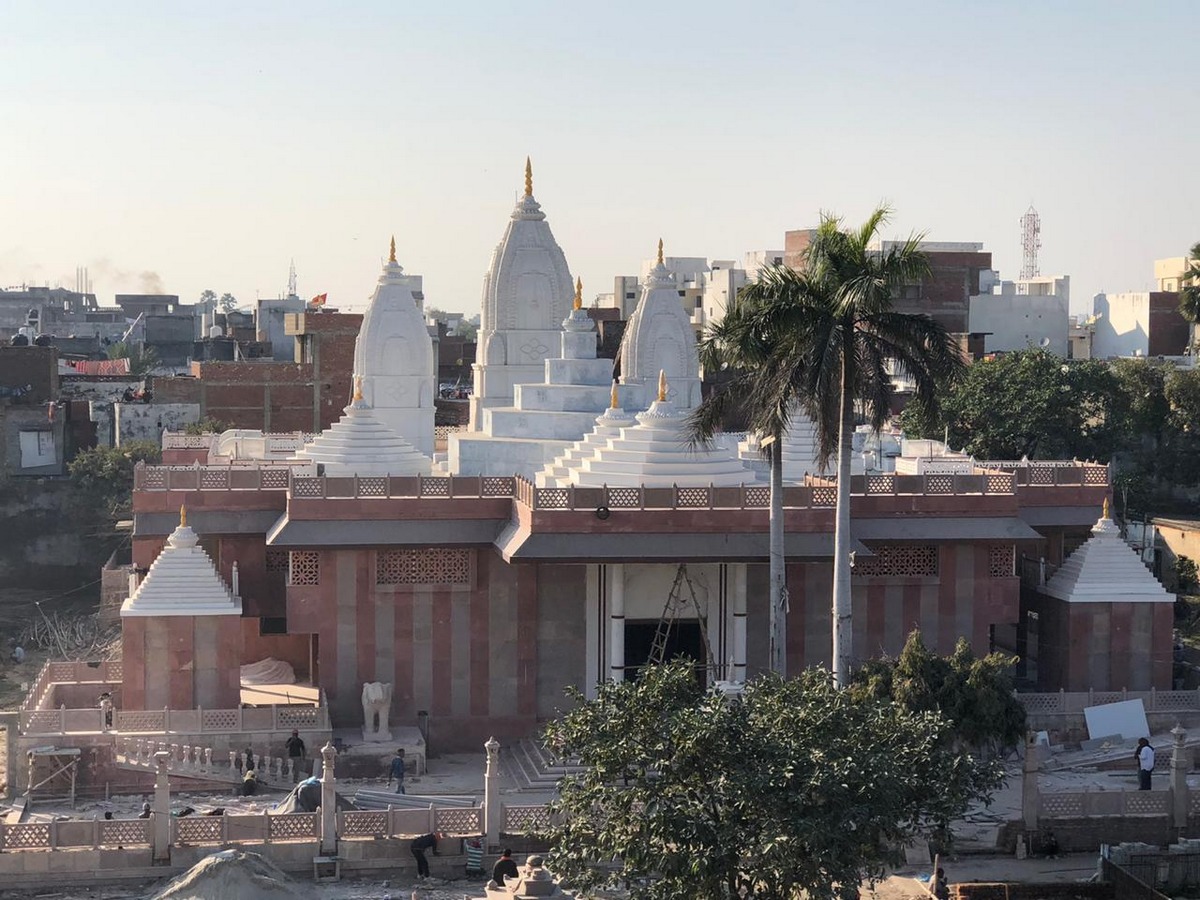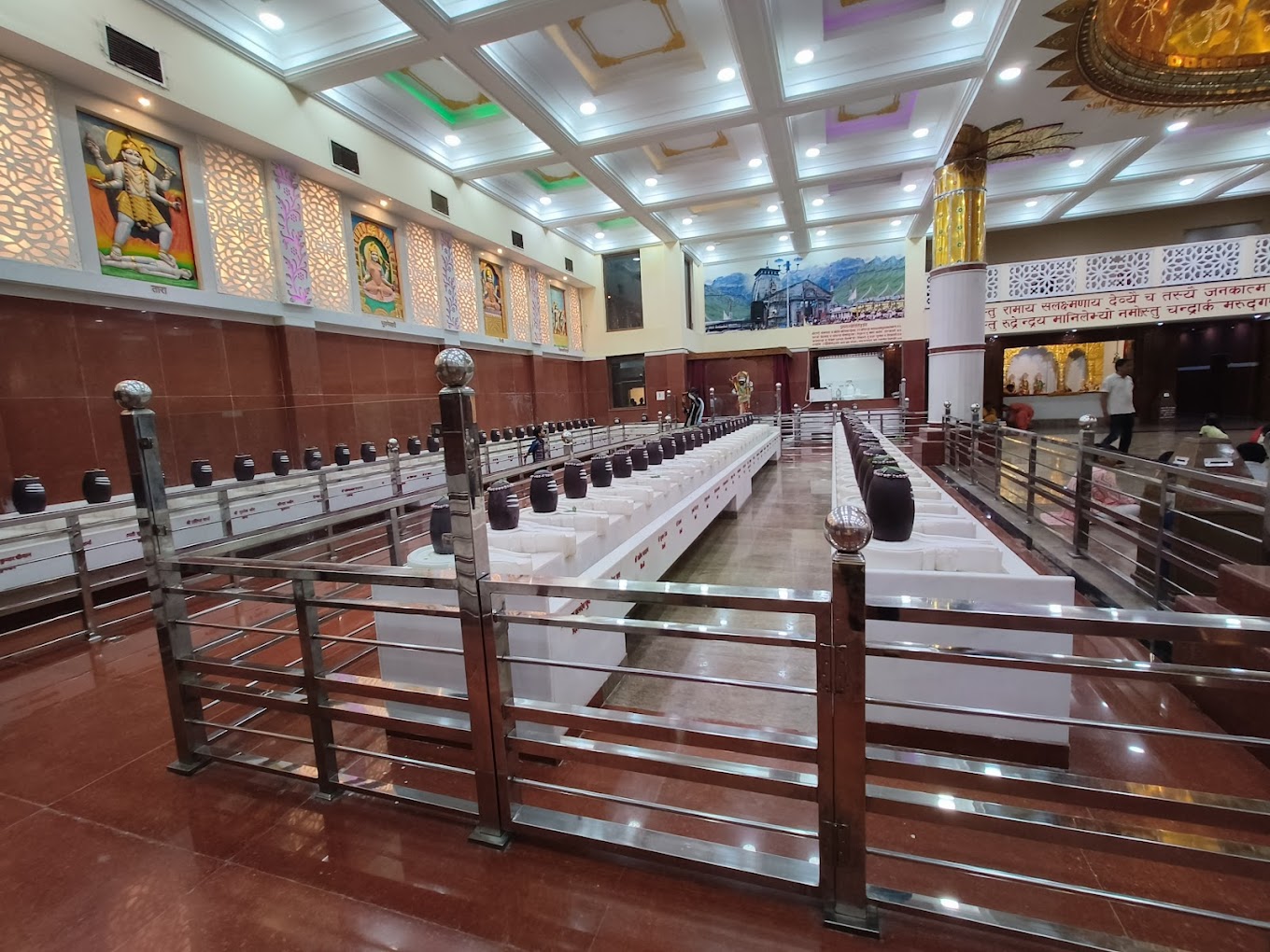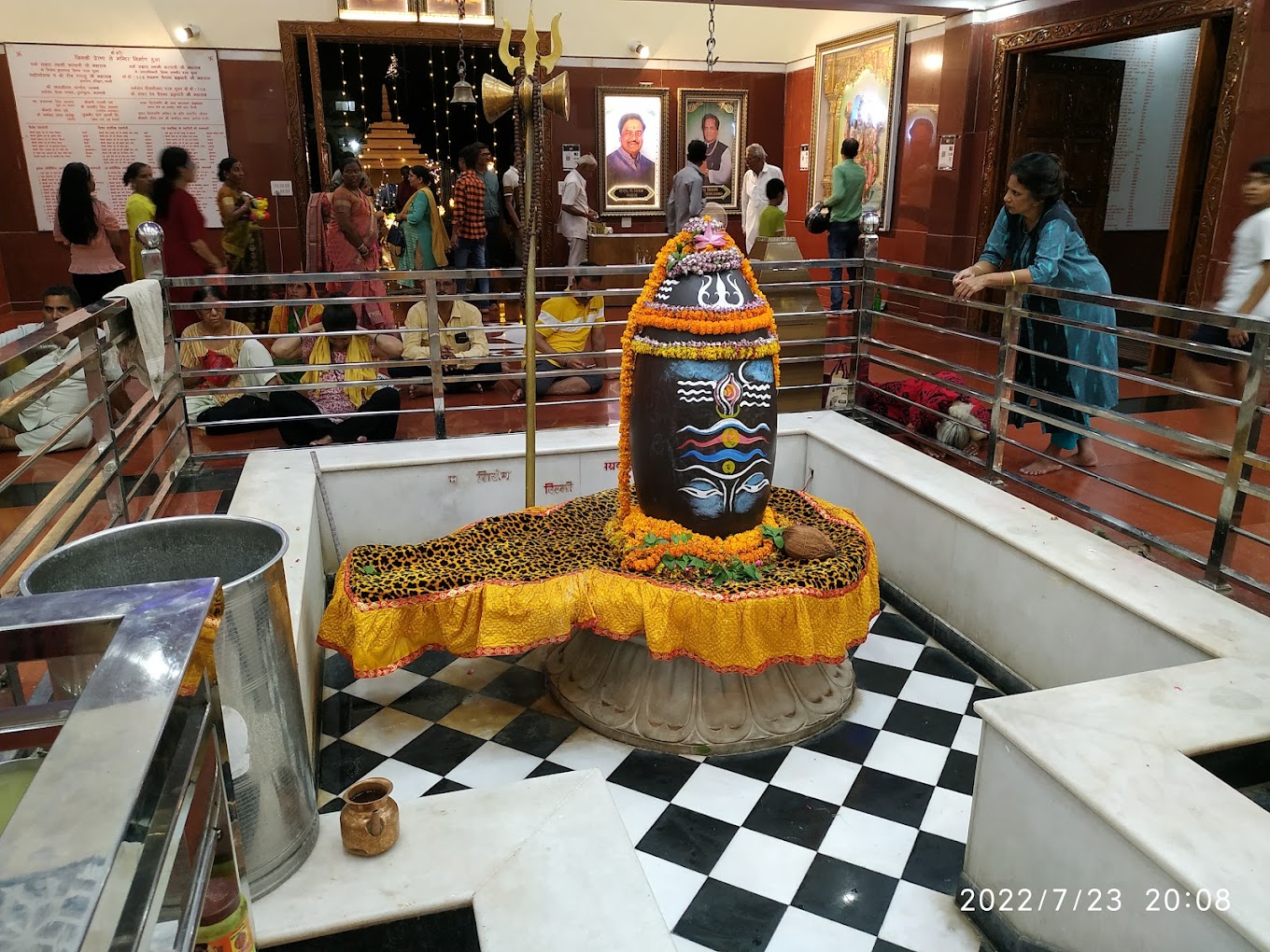Among the contemporary and beautifully designed temples, Mani Mandir in Varanasi is one of the temples, which was renovated and upgraded to a new level relatively recently. The lack of frills and the glowing designs as well as the idols make it ideal for any religious pilgrim tourist.
More than 150 shivlings and other idols of gods are installed in the temple and on other parts of the temple, making it a delight for the residents and tourists. When you do get some time in your trip to Varanasi, be sure to make a brief stop at the temple.
Table of Contents
Shree Mani Mandir

Mani Mandir is one of the finest blends of Shaiva and Vaishnava architecture. Built in the complex of Dharmasangha this temple is one of the most important architectural creations that provides devotees with unique opportunities to receive a blessing from several gods and goddesses.
The present structure of the Mani Mandir is relatively new to the skyline of religious buildings of Varanasi. But it was preceded by a more limited-scale temple to Lord Rama in the 1940s. The present complex structure was opened in 2020 as a rather large station area. The name ‘Mani Mandir’ is therefore obtained from the fact that the twelve Jyotirlingas has a lot of crystal (Mani) incorporated into it.
Details About Shree Mani Mandir
- Name of the Temple: Shri Mani Mandir
- Address: Dharm Sangh Bhawan, Durgakund, Jawahar Nagar Colony, Bhelupur, Varanasi, Uttar Pradesh 221010
- Phone: 0522 406 1369
- Google Rating: 4.8/5 Based on 679 Reviews
- Timing: 9:00 AM and closes at 4:00 PM
- Best time to visit: Early morning or late afternoon
- Entry: Free, but donations are welcome
- Photography: Allowed in most areas
- Directions: Click Here
Key Features of Mani Mandir:

- Architectural Beauty: Built with red Jodhpur and Chunar stones, the temple boasts intricate carvings and white marble interiors.
- Diverse Deities: It houses idols of Lord Rama, Shiva, Shakti, and other Hindu deities, creating a unique spiritual experience.
- Shivling: The temple features a massive Shivling, symbolizing the dominance of Lord Shiva.
- Ram Darbar: A dedicated area is dedicated to Lord Rama and his court, reflecting the epic Ramayana.
- Historical Significance: The temple is associated with Swami Karpatri Maharaj, a renowned spiritual leader.
History of Mani Mandir

Mani Mandir was constructed in early twentieth century by a nobleman Maharaja Jai Singh who was a Gujarati astronomer by trait. The specific year of construction has remained unknown, but most often it is attributed to have been constructed between 1912/1920. Jai Singh had got the inspiration of the Jantar Mantar when the renowned Maharaja Jai Singh II of Jaipur had made a lot of Jantar Mantars and wanted to build one in the holy city of Kashi or Varanasi.
The selection of the site was emphatic. Varanasi, also termed as Kashi or Banaras, has always been the most popular place for learning and spiritualism. Jai Singh’s construction of an astronomical observatory in this holy city was to merge between science and spirituality, as is traditionally considered in Hinduism.
Architecture of Mani Mandir

Comparing with other colorful and decorative temples in Varanasi, there stands a simple white-marble temple, Mani Mandir. It is hybrid architectural structures representing the concept of a temple and containing features of an observatory. The main building is of great height and it dominates a central dome surrounded by the cupolas and minarets.
On reliefs that are located outside of the temple, there are carvings and motifs of Hindu gods and goddesses and some of them are astronomical representations. These artistic elements are not mere ornaments but embody the imagery of the cosmic order as envisioned in the Hindu cosmology.
Internally, this temple is separated into various floors and each floor is for a certain function. The first floor has the main sanctum with the idol of Lord Shiva, whereas, other floors have various celestial pointers and maps.
Astronomical Significance of Mani Mandir

The most engaging feature of the Mani Mandir is that it has been built serving both religious and astronomical purposes. This structure contains countless tools of astronomy placed at the upper floors of the structure, most of which are still in working state in the present. undefined
- Sundials: Several types of sundials are present, including a massive equatorial sundial that can accurately measure time to within 20 seconds.
- Zodiac Charts: Large circular charts depict the zodiac constellations and their movements across the night sky.
- Transit Instruments: These devices are used to measure the precise moment when celestial bodies cross the local meridian.
- Astrolabes: Ancient astronomical instruments used for solving problems relating to time and the position of celestial bodies.
- Armillary Spheres: These three-dimensional models of celestial objects help in understanding the movement of stars and planets.
Even though these instruments are not large and are not as numerous as these found in the large Jantar Mantars, they are very accurate, beautifully made. These are monuments that will indicate that the ancient Indian scholars did have a firm grasp of astronomical studies in the medieval ages.
Spiritual Significance of Mani Mandir

But it is interesting to recall that Mani Mandir is a temple before exploring its ties with astronomy and astrophysics: The principal shrine houses Lord Shiva, who is one of the three major Gods of Hindu pantheon, known for his association with Tandav, the cosmic dance, symbolizing creation and destruction.
The temple is visited by people day in and out with influx during festivals and on dates considered auspicious in Hindu calender. There are many devotees who visit the temple for puja and blessings and most of them are in relation to education and knowledge purpose.
The presence of both spiritual and scientific features in the structure of Mani Mandir is not accidental. According to Hindu mythology, Jyotisha or astronomical science is one of the six categories of auxiliary sciences known as Vedangas which are indispensable to the understanding of the Vedas – Hindu sacred scriptures. This piece of work is associated with the dogma of the interconnection between science and religion, as well as of their synergy rather than conflict.










